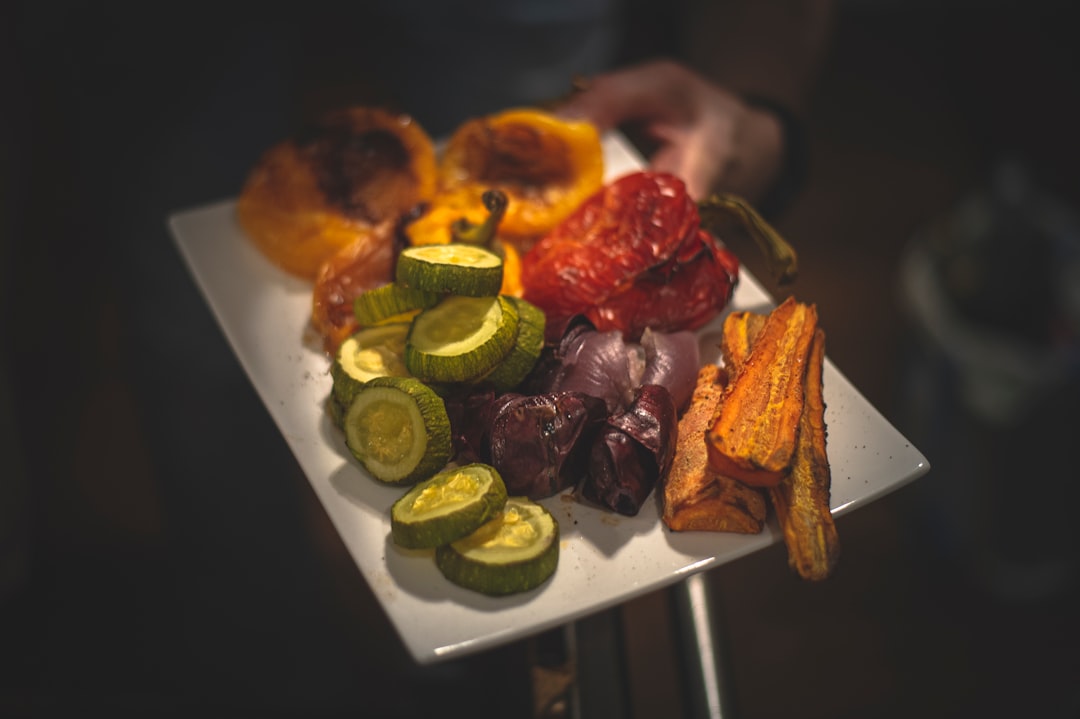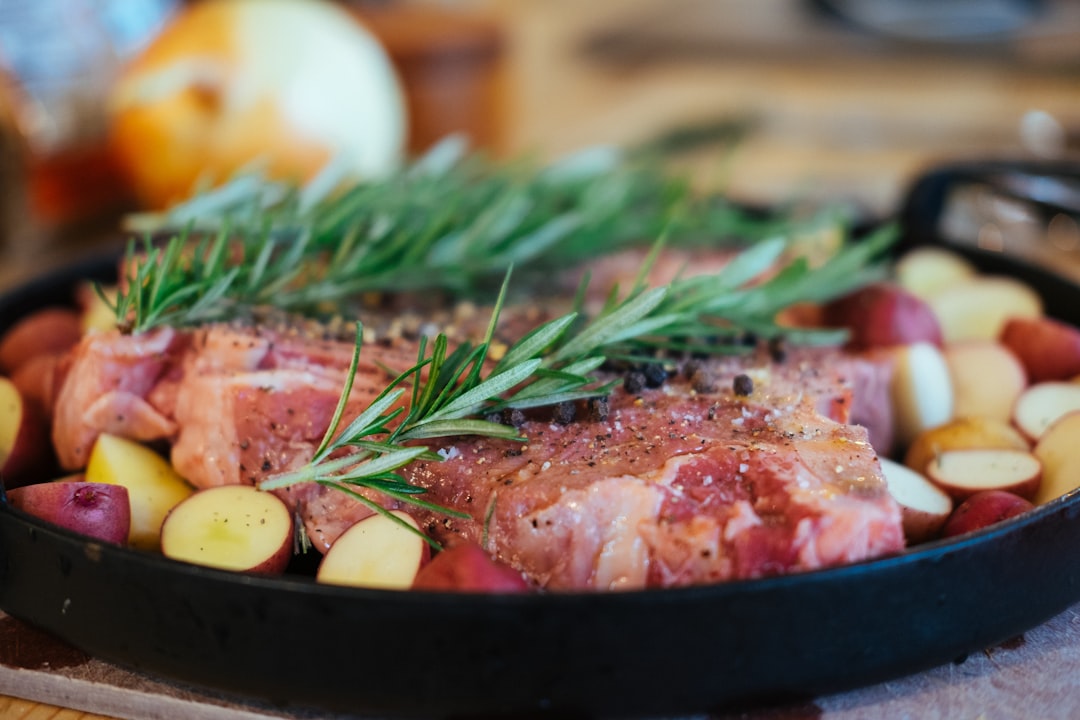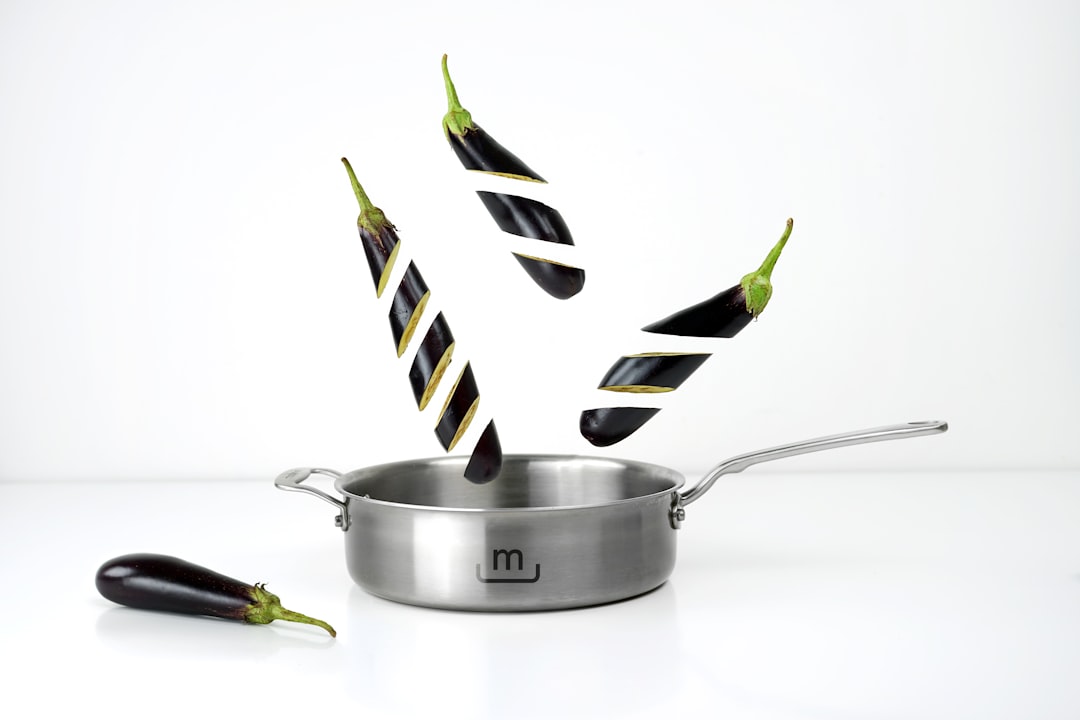Knife skills are often regarded as the cornerstone of culinary expertise. Mastering the art of using a knife not only enhances efficiency in the kitchen but also significantly impacts the quality of the dishes prepared. A well-honed knife allows for precision cuts, which can affect cooking times and the overall presentation of food.
For instance, when preparing a mirepoix—a mixture of diced onions, carrots, and celery—uniformity in size ensures that all ingredients cook evenly, resulting in a harmonious blend of flavors. The technique of dicing, mincing, and julienning can seem daunting at first, but with practice, these skills become second nature. Moreover, understanding the anatomy of a knife is crucial for effective use.
Different knives serve specific purposes; for example, a chef’s knife is versatile for chopping and slicing, while a paring knife excels in intricate tasks like peeling fruits or deveining shrimp. The grip and angle at which one holds the knife can also influence control and safety. A proper grip involves holding the handle firmly while pinching the blade with the thumb and index finger, allowing for greater maneuverability.
As one becomes more comfortable with these techniques, the kitchen transforms from a place of anxiety into a realm of creativity and exploration.
Key Takeaways
- Knife skills are essential for any cook, as they form the foundation of cooking.
- Understanding heat and different cooking methods like sautéing, roasting, and grilling is key to cooking like a pro.
- Mastering the art of seasoning is crucial for balancing flavors in every dish.
- The science of baking is important for perfecting the basics of pastry and bread.
- Embracing the versatility of vegetables, from roasting to pickling, can elevate your dishes.
Understanding Heat: Saute, Roast, and Grill Like a Pro
Sautéing: Quick and Flavorful
Sautéing involves cooking food quickly in a small amount of fat over relatively high heat. This method is ideal for vegetables and proteins that benefit from a quick sear, locking in moisture while developing a rich flavor profile. For example, sautéing bell peppers and onions until they are caramelized brings out their natural sweetness, making them an excellent addition to fajitas or stir-fries.
Roasting: Even and Delicious
Roasting employs dry heat in an oven to cook food evenly from all sides. This method is particularly effective for root vegetables and meats, as it allows for the Maillard reaction to occur—creating a desirable crust while keeping the interior tender and juicy. A classic example is roasting a whole chicken; by seasoning it well and placing it in a hot oven, the skin crisps up beautifully while the meat remains succulent.
Grilling: Smoky and Savory
Grilling introduces another layer of complexity, as it combines direct heat with smoke, imparting unique flavors that cannot be replicated through other methods. Whether using charcoal or gas, mastering the grill requires an understanding of temperature zones to achieve perfect sear marks while ensuring that food is cooked through.
Mastering the Art of Seasoning: Balancing Flavors in Every Dish
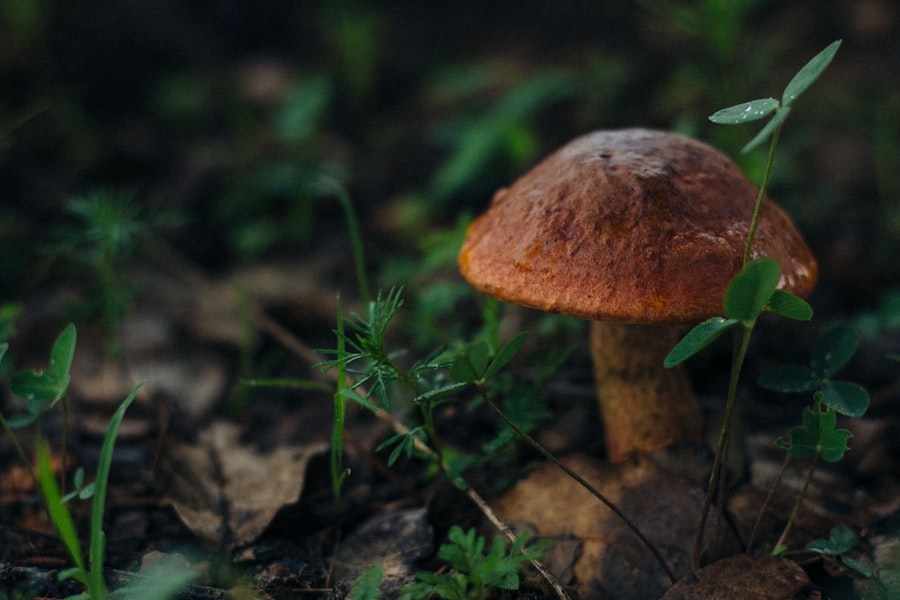
Seasoning is an art form that can transform a dish from bland to extraordinary. The key to effective seasoning lies in understanding how different flavors interact with one another. Salt is often considered the most important seasoning; it enhances natural flavors and can even suppress bitterness.
However, it is essential to use salt judiciously, as over-salting can overwhelm other flavors. For instance, when preparing a tomato sauce, adding salt at various stages—such as during the sautéing of onions or at the end—can create depth and complexity. Beyond salt, herbs and spices play a vital role in flavor development.
Fresh herbs like basil or cilantro can brighten a dish, while dried spices such as cumin or paprika add warmth and depth. The timing of when to add these seasonings can also affect the final outcome; for example, adding delicate herbs at the end of cooking preserves their vibrant flavor, whereas heartier spices can be added earlier to allow their flavors to meld with other ingredients. Balancing acidity with sweetness is another crucial aspect of seasoning; a splash of vinegar or a squeeze of lemon juice can elevate a dish by cutting through richness and adding brightness.
The Science of Baking: Perfecting the Basics of Pastry and Bread
| Chapter | Topic | Page |
|---|---|---|
| 1 | Introduction to Baking | 1-10 |
| 2 | Understanding Ingredients | 11-25 |
| 3 | Basic Baking Techniques | 26-40 |
| 4 | Pastry Making | 41-55 |
| 5 | Bread Baking | 56-70 |
Baking is often viewed as a precise science that requires attention to detail and an understanding of chemical reactions. The fundamental principles behind baking involve the interaction between ingredients such as flour, sugar, fat, and leavening agents. For instance, when making bread, yeast ferments sugars to produce carbon dioxide gas, which causes the dough to rise.
This process is influenced by factors such as temperature and humidity; too much heat can kill yeast, while too little can slow down fermentation. Pastry-making also demands precision; techniques such as cutting butter into flour for pie crusts create flaky layers through the incorporation of air pockets during baking. Understanding the role of gluten development is essential; kneading dough encourages gluten formation, which provides structure to bread but can lead to toughness if overworked.
Mastering these techniques allows bakers to create an array of products—from light and airy soufflés to rich and buttery croissants—each requiring specific methods to achieve desired textures and flavors.
Embracing the Versatility of Vegetables: From Roasting to Pickling
Vegetables are incredibly versatile ingredients that can be prepared in numerous ways to highlight their unique flavors and textures. Roasting vegetables brings out their natural sweetness through caramelization while providing a satisfying texture. For example, roasting Brussels sprouts with olive oil and balsamic vinegar creates a delightful contrast between crispy outer leaves and tender interiors.
This method not only enhances flavor but also encourages creativity; experimenting with different seasonings or combinations can yield exciting results. Pickling is another technique that showcases vegetables’ versatility while preserving them for longer periods. The process involves immersing vegetables in a solution of vinegar, water, salt, and sugar, allowing them to develop tangy flavors over time.
Classic examples include pickled cucumbers or carrots, which can add brightness to sandwiches or serve as a refreshing side dish. Additionally, pickling can introduce new dimensions to dishes; for instance, pickled red onions can elevate tacos or salads with their sharpness and vibrant color. By embracing various cooking methods for vegetables, home cooks can create diverse meals that celebrate seasonal produce.
The Secrets of Sauces: Creating the Perfect Base for Any Dish
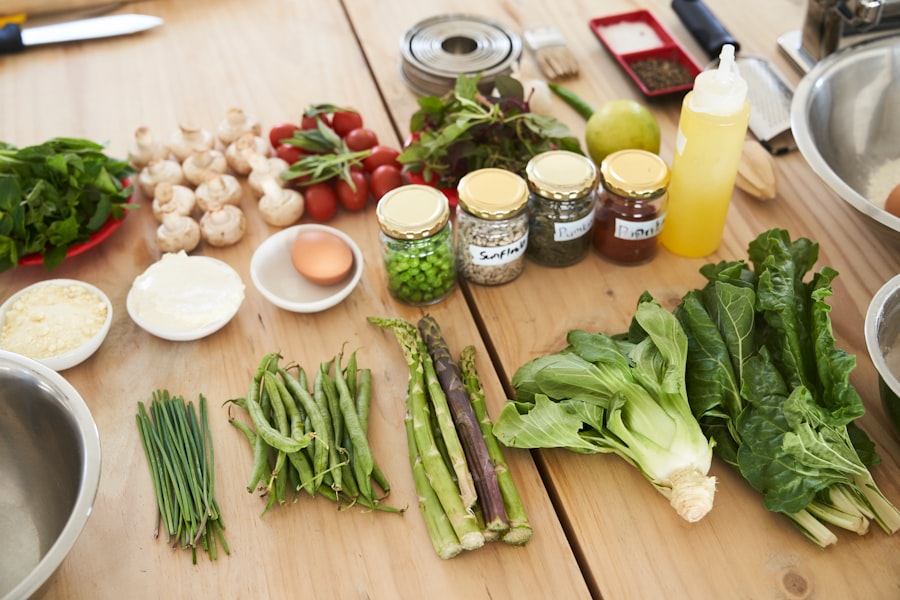
Sauces are often considered the backbone of many culinary traditions; they add depth and complexity to dishes while enhancing overall flavor profiles. A well-crafted sauce can elevate even the simplest ingredients into something extraordinary. The foundation of many sauces lies in creating a roux—a mixture of fat and flour cooked together—which serves as a thickening agent for gravies or cream sauces.
For example, a classic béchamel sauce begins with equal parts butter and flour cooked until golden before gradually whisking in milk to create a smooth consistency. Emulsified sauces like hollandaise or vinaigrettes showcase another layer of complexity; they require careful balancing of oil and acid to achieve a stable mixture. Hollandaise sauce relies on egg yolks to emulsify melted butter and lemon juice, resulting in a rich sauce perfect for drizzling over eggs Benedict or steamed asparagus.
Vinaigrettes offer versatility in flavor combinations; experimenting with different oils (such as olive or sesame) and vinegars (like balsamic or apple cider) allows cooks to tailor dressings to suit various salads or marinades. Mastering sauce-making techniques opens up endless possibilities for enhancing dishes across cuisines.
Cooking with Confidence: Overcoming Fear of Failure in the Kitchen
The kitchen can be an intimidating place for many aspiring cooks; fear of failure often holds individuals back from exploring their culinary potential. However, embracing mistakes as learning opportunities is essential for growth in cooking skills. Every chef has experienced mishaps—whether it’s burning a dish or miscalculating ingredient measurements—but these moments often lead to valuable lessons that enhance future cooking endeavors.
For instance, learning how to salvage overcooked pasta by incorporating it into a baked dish demonstrates resourcefulness and adaptability. Building confidence in the kitchen also involves setting realistic expectations and starting with manageable recipes. Beginners may find success by focusing on simple dishes that require minimal ingredients and techniques before progressing to more complex preparations.
Additionally, seeking inspiration from cookbooks or online resources can provide guidance while encouraging experimentation with flavors and techniques. As confidence grows through practice and exploration, individuals will find themselves more willing to take risks in their cooking journey.
The Importance of Timing: Knowing When to Add Ingredients and When to Remove Them
Timing is crucial in cooking; knowing when to add ingredients or remove them from heat can significantly impact the final outcome of a dish. For example, when making risotto, adding broth gradually allows rice grains to absorb liquid slowly while releasing starches that create creaminess. If broth is added all at once, the rice may not cook evenly or achieve the desired texture.
Similarly, understanding when to add delicate ingredients—such as herbs or seafood—can preserve their integrity and flavor. Adding fresh herbs at the end of cooking ensures their vibrant taste remains intact rather than becoming muted through prolonged exposure to heat. Conversely, heartier ingredients like root vegetables benefit from longer cooking times; adding them early allows them to soften and meld with other flavors in stews or braises.
Mastering timing not only enhances culinary skills but also fosters an intuitive understanding of how different components interact during cooking.
The Art of Plating: Elevating the Presentation of Your Dishes
Plating is an essential aspect of culinary artistry that transforms food into an aesthetically pleasing experience. The way a dish is presented can influence perceptions of taste even before the first bite is taken. Thoughtful plating involves considering color contrast, texture variation, and composition on the plate.
For instance, placing vibrant green herbs atop a rich brown sauce creates visual interest while hinting at freshness. Utilizing negative space on the plate allows each component to shine without overwhelming diners visually; this technique encourages focus on individual elements rather than cluttering the presentation. Additionally, garnishes should enhance rather than distract from the main dish; edible flowers or microgreens can add elegance without overpowering flavors.
Experimentation with different plating styles—such as stacking components or using unconventional vessels—can further elevate dining experiences by inviting curiosity and engagement.
Understanding Different Cuts of Meat: Grilling, Braising, and Searing Like a Pro
The world of meat cuts is vast and varied; understanding how different cuts behave during cooking is essential for achieving optimal results. Cuts like ribeye or filet mignon are best suited for quick cooking methods such as grilling or pan-searing due to their tenderness and marbling. These cuts benefit from high heat that caramelizes exterior surfaces while keeping interiors juicy—a technique exemplified by searing steak before finishing it in the oven.
Conversely, tougher cuts like chuck roast or brisket require low-and-slow cooking methods such as braising to break down connective tissues effectively. Braising involves searing meat first before simmering it gently in liquid until tender; this method infuses flavors while ensuring moisture retention throughout cooking. Understanding these distinctions allows cooks to select appropriate cuts based on desired preparation methods while maximizing flavor potential.
Expanding Your Culinary Horizons: Exploring New Techniques and Ingredients
Culinary exploration is an exciting journey that encourages creativity and innovation in the kitchen. Trying new techniques—such as sous vide cooking or fermentation—can open up avenues for flavor development previously unimagined. Sous vide involves vacuum-sealing food in bags before immersing them in precisely controlled water baths; this method ensures consistent doneness while preserving moisture and enhancing flavors.
Incorporating unfamiliar ingredients into recipes also broadens culinary horizons; experimenting with grains like farro or quinoa introduces new textures while providing nutritional benefits. Additionally, exploring global cuisines exposes cooks to diverse flavor profiles—such as using spices like za’atar or harissa—to create unique dishes that reflect cultural influences. Embracing this spirit of exploration fosters growth as both a cook and an individual while enriching culinary experiences shared with others.
